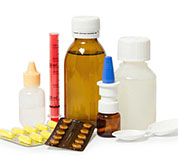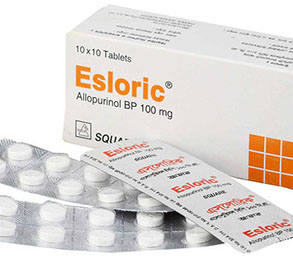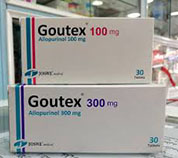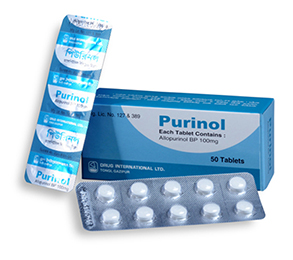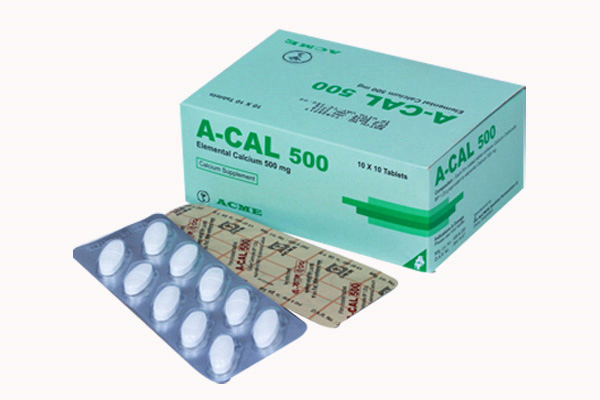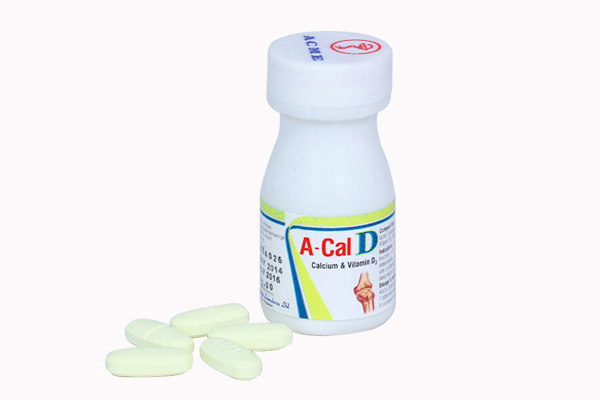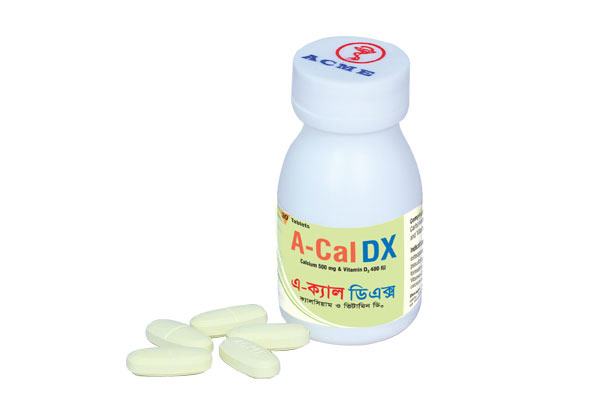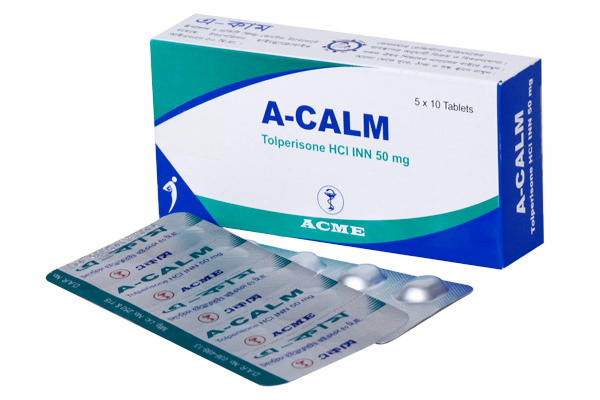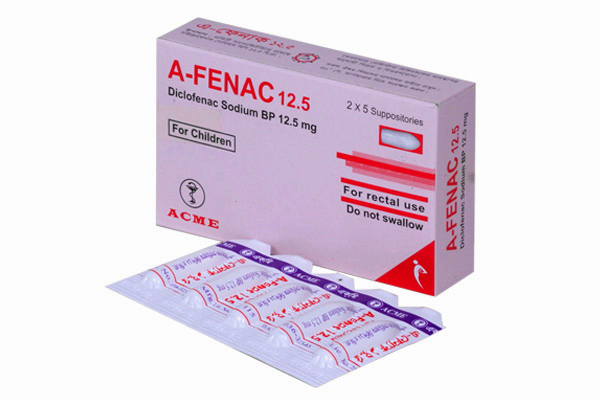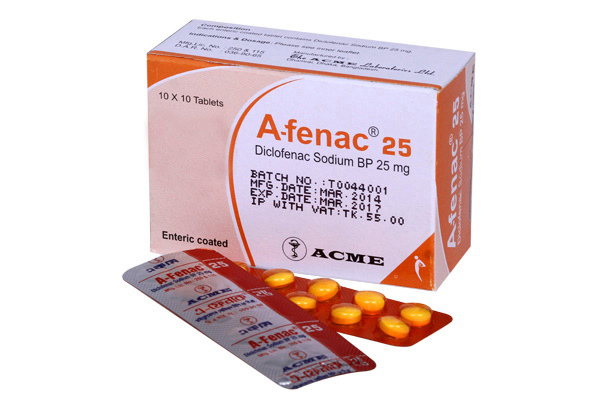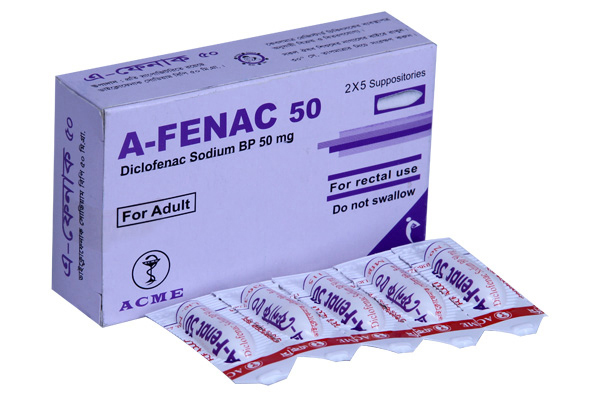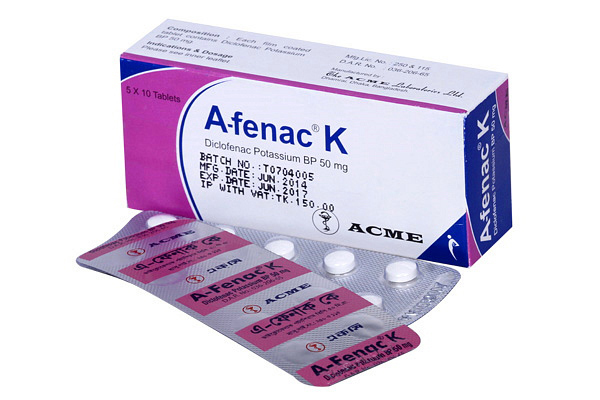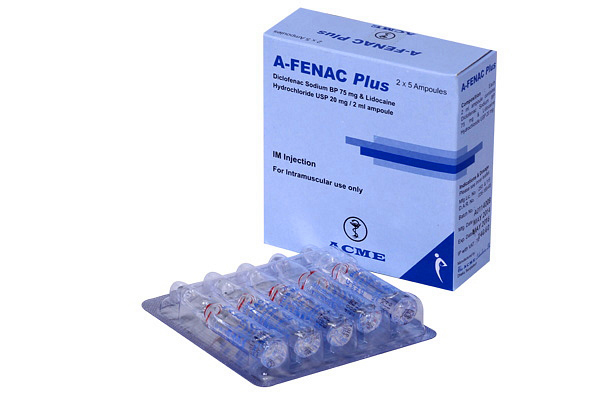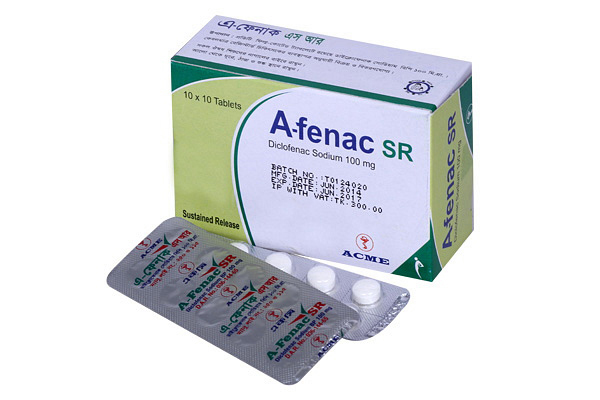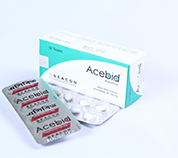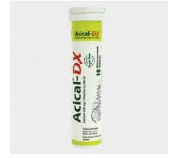Namitol Tablet 200 mg 1 Pc
Alternative products
Tolfenamic Acid
Indications
Tolfenamic acid is used specifically for relieving the pain of migraine headache and also recommended for use as an analgesic in post-operative pain and fever.
Pharmacology
Tolfenamic acid (N-(2-methyl-3-chlorophenyl) anthranilic acid) belongs to the fenamate group and is a potent inhibitor of cyclooxygenase enzyme, thus it inhibits the synthesis of important inflammatory mediators such as thromboxane (TX) B2 and prostaglandin (PG) E2. Prostaglandins are responsible for causing swelling pain and inflammation associated with these conditions. It acts not only by inhibiting prostaglandin synthesis, but it also has direct antagonistic action on its receptors.
Pharmacokinetic properties: Absorption Readily absorbed from GI tract. Peak plasma concentration: 60-90 min. Bioavailability 85%. Distribution: Protein-binding: 99% Plasma half-life 2 hours. Metabolism: Metabolised in the liver. Tolfenamic acid undergoes enterohepatic circulation. Excretion: Excreted in urine (90%) and faces.
Dosage & Administration
Adult:
- Acute migraine attacks: 200 mg when symptoms appear may be repeated once after 1-2 hour.
- Mild to moderate pain: 100-200 mg tid
- Renal impairment: Dose adjustments may be needed.
- Severe renal impairment: Avoid.
Children: A pediatric dosage regimen has not yet been established.
Tolfenamic acid should be taken with food. Take water during or immediately after meals.
* চিকিৎসকের পরামর্শ মোতাবেক ঔষধ সেবন করুন'
Interaction
The rate of absorption of Tolfenamic acid increases with Metoclopramide and Magnesium hydroxide but decreases with Aluminium hydroxide. Risk of bleeding with anticoagulants and other NSAIDS increases when use with Tolfenamic acid. It decreases antihypertensive response to loop diuretics, B-blockers and ACE Inhibitors. Co-administration increases plasma concentration of Lithium Methotrexate and cardiac glycosides. It also increases the risk of nephrotoxicity with ACE inhibitors, Ciclosporin, Tacrolimus or diuretics
Contraindications
Active peptic ulcer or bleeding in the gut. Severe heart, kidney or liver failure.
Side Effects
Dysuria especially in males, diarrhoea, nausea epigastric pain, vomiting, dyspepsia, erythema, headache, tremor, euphoria, fatigue, pulmonary infiltration & haematuria. Potentially fatal: Blood dyscrasias and hepatitis.
Pregnancy & Lactation
This medicine is not recommended for using during pregnancy unless considered essential by doctor Not to be given during the third trimester of pregnancy. NSAID's can appear in breast milk in very low concentrations NSAID's should, if possible, be avoided when breastfeeding.
Precautions & Warnings
Precaution should be needed for patients with asthma bronchospasm, bleeding disorders, cardiovascular diseases, peptic ulceration, hypertension, liver infection, cardiac or renal function impairment and elderly. Increase water intake or dose reduction to reduce dysuria.
Overdose Effects
Symptoms include headache, nausea, vomiting, epigastric pain. gastrointestinal bleeding, diarrhoea excitation, coma, drowsiness dizziness, tinnitus, fainting and convulsions. In cases of significant poisoning, acute renal failure and liver damage are possible. Patients should be treated symptomatically as required.
Therapeutic Class
Drugs used for Rheumatoid Arthritis, Non-steroidal Anti-inflammatory Drugs (NSAIDs), Other drugs for migraine
Storage Conditions
Store in a cool and dry place, away from light Keep out of the reach of children.
- Type Tablet
- Tag
- Morbi leo risus
- Porta ac consectetur ac
- Vestibulum at eros




